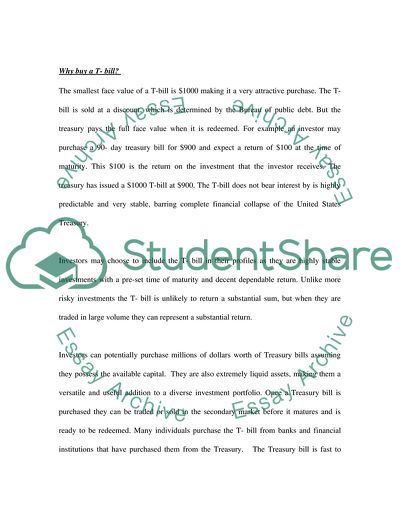Cite this document
(Treasury bill of the United States Government Term Paper, n.d.)
Treasury bill of the United States Government Term Paper. Retrieved from https://studentshare.org/finance-accounting/1555824-project-on-t-bills
Treasury bill of the United States Government Term Paper. Retrieved from https://studentshare.org/finance-accounting/1555824-project-on-t-bills
(Treasury Bill of the United States Government Term Paper)
Treasury Bill of the United States Government Term Paper. https://studentshare.org/finance-accounting/1555824-project-on-t-bills.
Treasury Bill of the United States Government Term Paper. https://studentshare.org/finance-accounting/1555824-project-on-t-bills.
“Treasury Bill of the United States Government Term Paper”. https://studentshare.org/finance-accounting/1555824-project-on-t-bills.


